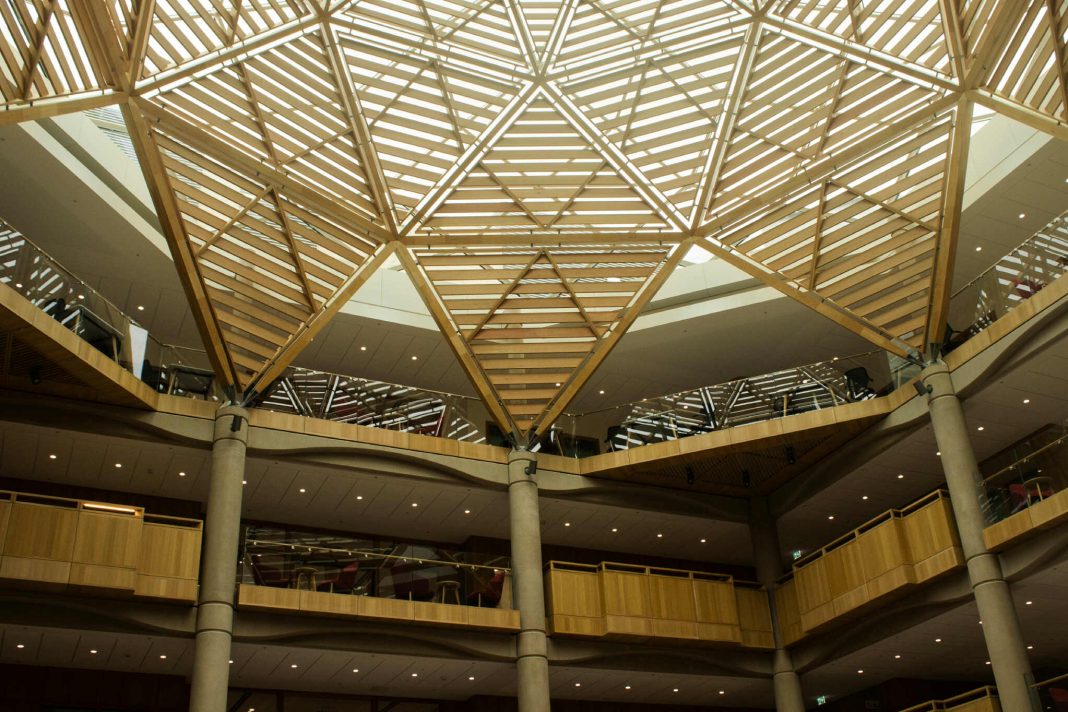Oxford University is set to launch a new Master’s in Creative Translation next year. Housed in the recently opened Schwarzman Centre, the course differs from academic translation by emphasising voice, tone, rhythm, and emotion alongside literal meaning.
Led by Professor Karen Leeder, a prize-winning translator in the Faculty of Medieval and Modern Languages, the course was developed following a survey of graduate students conducted last year. As a result, Leeder said there is “considerable creative reservoir and appetite” for the programme as translation is “increasingly recognised as a literary art form”.
The course will expose students to a range of materials – from ancient texts to performances – and will examine how translations differ, focusing on topics such as interpretation and cultural sensitivity. The programme will provide students with flexible assessments, including traditional essays, critical analyses and an extended independent translation project.
As part of the course, students will also receive specialised instruction in another language and take part in sessions with industry professionals and creatives, offering students first-hand opportunities to connect with leading voices in the field.
A modern languages undergraduate student told Cherwell: “The introduction of this course is really exciting. Previously, I would not have considered a Master’s here since most language programmes are very literature-focused. But the opportunity to explore translation, especially in this creative way and with Oxford’s resources, is interesting and needed.”
The new course comes at a critical time for translation, as generative artificial intelligence models like ChatGPT can process and translate most languages in an instant. Reflecting this shift, the University itself has, for instance, begun providing ChatGPT-5 to all its staff and students.
Leeder told Cherwell: “AI is a reality in the professional world of translation. Students will learn about what LLMs [large language models] can bring to this world and how to work with them, but the course as a whole places a premium on the role of human creativity. Students will hone their sense of what makes ‘good’ translation over and above the simple meaning of the words.”
Leeder said there “needs to be a re-evaluation of the role of the human translator”, explaining that “human translators … will always bring something that machines cannot replicate … AI can’t deal with metaphor, idiom, or the stresses of word order and how this can change meaning. This is where the value of human translation lies”.
Cherwell understands that the University will welcome the first cohort of creative translation students in October 2026.


